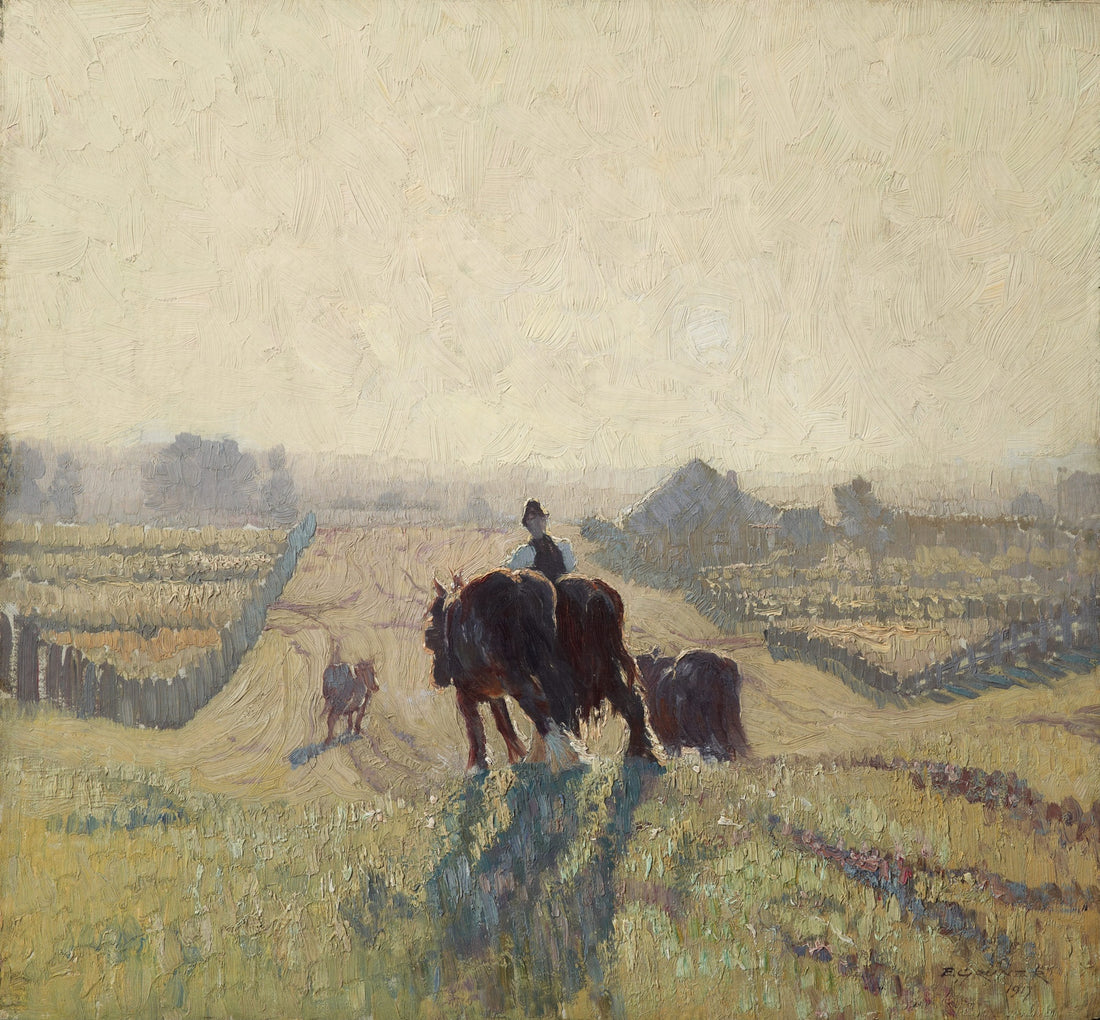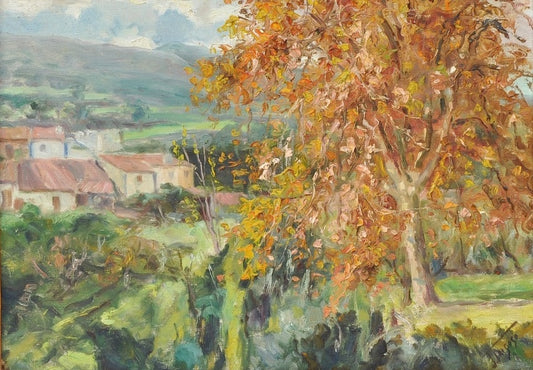In everyone’s life, there are things that are broken.
Relationships.
Our health.
Our sense of connection.
Our sense of purpose.
Our sense of hope.
We all have areas of our lives where things have fallen into disrepair.
Think for a moment about what these areas may be for you.
While we tend to hide these places from others, we also tend to hide these places from ourselves as we go about our day-to-day lives.
Individually and collectively we tend not to want to look at the areas of our life that seem unsightly. The areas that remind us of our frailty, our brokenness, and impermanence here on earth.
Despite how these broken areas impact us, it can be easier, and less scary, to redirect our attention elsewhere and double down in the areas where we can prove ourselves to the world, finding a sense of security through the imagined approval of others.
Busyness, and frenetic action, serve as perfect covers to distract us from the places where the real pain is.
As this new year begins, and we set about resolutions for the year, we can be tempted to pursue goals that are directed towards the apparent strength and success we see in others, rather than directed towards awareness of and acceptance of the weaknesses we see in ourselves.
But the problem is, our flourishing won’t come from pursuing the idealized visions we have for others. It will come from us healing that which is broken in our own lives.
This means engaging the things that scare us and doing the hard inner work that no one will see, and that will never make it to Instagram or our LinkedIn profile.
So many resolutions seek to reform our outer lives without first addressing the inner transformation needed to support that outer reform.
This is a core reason why most resolutions will undoubtedly fail. They try to reform the surface without transforming the interior generating the behavior and experience.
_______________
Facebook is famous for its motto “Move fast and break things.”
This seems to be a broader cultural motto we have adopted as well.
But…
Maybe this year we can approach things differently.
Maybe this year we can move slow and heal things.
And maybe, just maybe, in that slowness, we can confront the things that are broken, and finally find the sustainable change we are after.
If you want to get physically healthy in a sustainable way, it will mean slowing down, turning towards the inner brokenness, and healing some things.
If you want to get emotionally healthy in a sustainable way, it will mean slowing down, turning towards the inner brokenness, and healing some things.
If you want to get spiritually healthy in a sustainable way, it will mean slowing down, turning towards the inner brokenness, and healing some things.
All the best,
Steven Lawson
“Look for the thing you notice but no one else notices.”
GOING DEEPER
How to Cultivate Your Inner World - Exploring Your Mind
You can't build anything without a strong foundation, and the foundation of all of our lives is located in the inner self. If you don't know how to start properly addressing that part of you and how to progress, this article is a great place to start. LINK
How Does Inner Growth Change Your Reality? - Medium
When some people hear they can change the outside world from work done within themselves, they can have negative connotations in their head, likely from not fully understanding what exactly it entails. To learn more about how teaching yourself to see the world in a different light can make things better in the physical world, we suggest this piece by author Sylvia Salow. LINK
5 Surprising Benefits of Slowing Down - Wit & Delight
If you're hesitant about slowing down for fear of falling behind or any other reason, you're not alone. With that said, consider these points from Kate Arends and just how much your life could improve if you did. LINK
Featured Art: Frosty sunrise, Elioth Gruner (1917)




